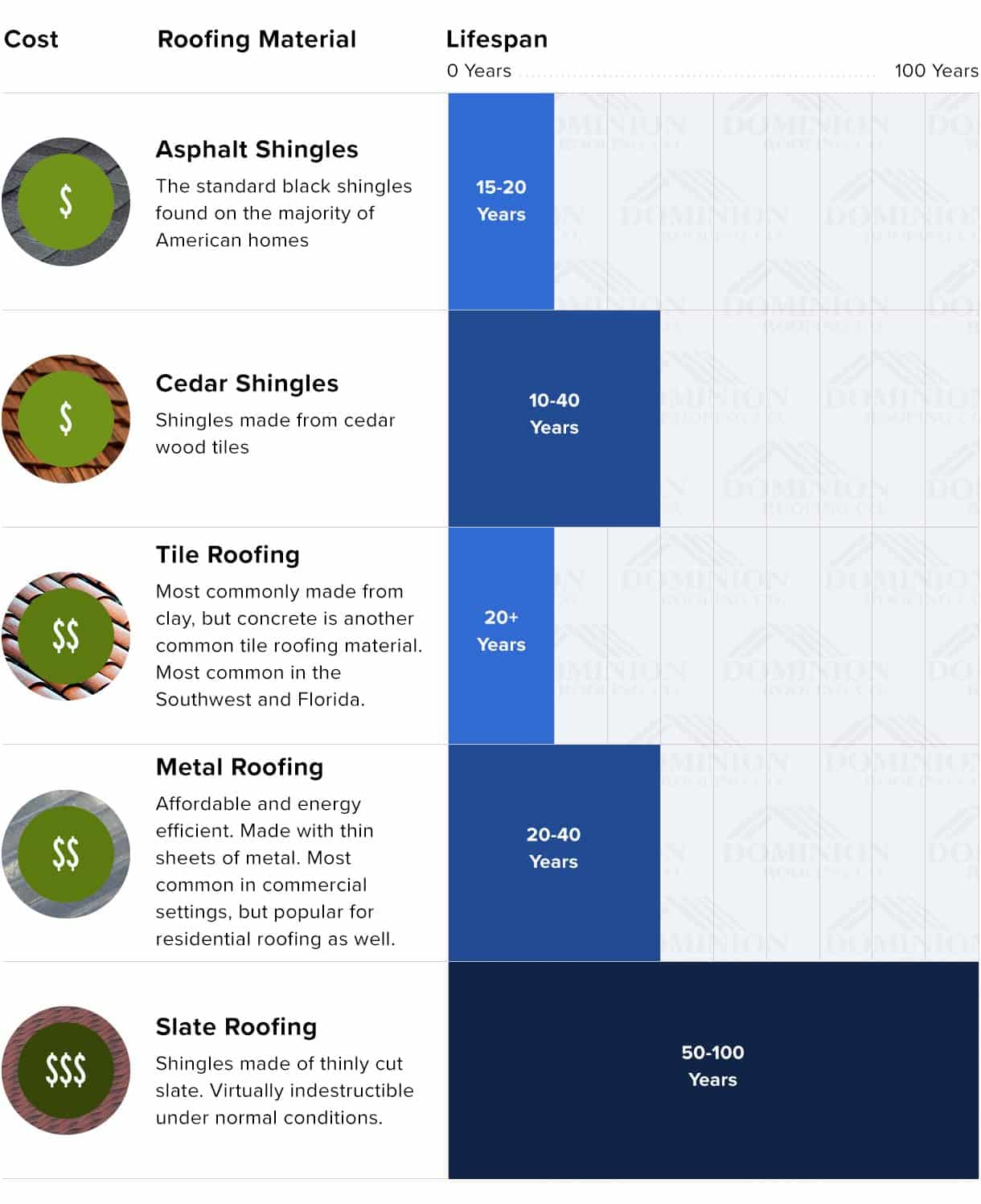Neglecting Roofing System Air Flow Can Result In Costly Damage; Learn The Crucial Elements That Guarantee A Successful Installment And Secure Your Financial Investment
Neglecting Roofing System Air Flow Can Result In Costly Damage; Learn The Crucial Elements That Guarantee A Successful Installment And Secure Your Financial Investment
Blog Article
Post By-Conway Manning
When you're taking on a roofing project, you might not believe much about roofing air flow, yet it's more important than you understand. Efficient air flow assists regulate temperature level and wetness in your attic, stopping problems like mold and structural damage. By comprehending exactly how to develop and set up a well balanced air flow system, you can improve power performance and lengthen the life expectancy of your roof covering products. So, what are the essential elements to think about during installation that can make all the difference?
Significance of Roof Covering Air Flow
Roofing system air flow plays a critical duty in maintaining the general health and wellness of your home. By allowing fresh air to circulate through your attic, it aids manage temperature and wetness levels. This equilibrium is important to prevent warm buildup throughout warm months, which can result in raised energy expenses as your air conditioning works overtime.
In addition, correct ventilation considerably reduces the danger of moisture-related issues like mold and mold. If humidity levels increase, your home's structural honesty can be jeopardized, bring about pricey fixings. You wouldn't want to manage rotting timber or warped roof covering products, right?
Furthermore, ample ventilation expands the life-span of your roofing system. When warm and dampness are kept in check, your roof covering can do ideally, protecting against premature wear and tear. This suggests less frustrations and expenditures down the line.
Just How Roofing System Ventilation Works
Effective roofing system air flow relies on the all-natural movement of air to create an equilibrium between consumption and exhaust. When you set up vents, you're essentially allowing fresh air to enter your attic room while enabling hot, stagnant air to leave. This procedure assists control temperature and dampness degrees, protecting against problems like mold and mildew growth and roofing system damages.
Consumption vents, generally located at the eaves, draw in amazing air from outside. At the same time, exhaust vents, located near the ridge of the roofing system, allow hot air increase and exit. The difference in temperature produces an all-natural air movement, called the pile effect. As cozy air surges, it produces a vacuum cleaner that pulls in cooler air from the lower vents.
To optimize this system, you need to guarantee that the consumption and exhaust vents are properly sized and positioned. If https://certified-roofing-contrac28405.wssblogs.com/32320708/undoubtedly-lots-of-house-owners-make-costly-roof-repair-blunders-uncover-the-key-mistakes-to-stay-clear-of-ensuring-your-roof-covering-stays-strong-and-protected is restricted, you will not achieve the desired ventilation.
Furthermore, not enough exhaust can trap heat and wetness, resulting in potential damage.
Key Installation Factors To Consider
When setting up roofing ventilation, several vital considerations can make or damage your system's performance. First, https://studentloanhero.com/featured/roof-replacement-cost-ways-pay-roof/ need to examine your roof covering's style. The pitch, form, and materials all influence air movement and ventilation option. Make sure to pick vents that match your roof kind and neighborhood environment conditions.
Next off, think about the positioning of your vents. Ideally, you'll want a well balanced system with intake and exhaust vents positioned for ideal air flow. Place intake vents low on the roofing system and exhaust vents near the optimal to urge a natural flow of air. This configuration aids stop dampness accumulation and promotes power effectiveness.
Don't ignore insulation. Appropriate insulation in your attic room stops warm from escaping and maintains your home comfortable. Ensure that insulation does not block your vents, as this can hinder air flow.
Lastly, consider upkeep. Pick ventilation systems that are very easy to access for cleansing and assessment. Regular maintenance guarantees your system continues to work properly gradually.
Final thought
To conclude, roof air flow is vital for a successful installment. By guaranteeing correct airflow, you can avoid heat build-up and moisture issues that cause expensive damages. When you strategically placement consumption and exhaust vents, you enhance energy performance and extend the life-span of your roof. Keep in mind, a well-ventilated roofing not only secures your investment yet likewise improves your interior air quality. So, focus on ventilation to make sure a resilient and cost-effective roofing system for your home.
